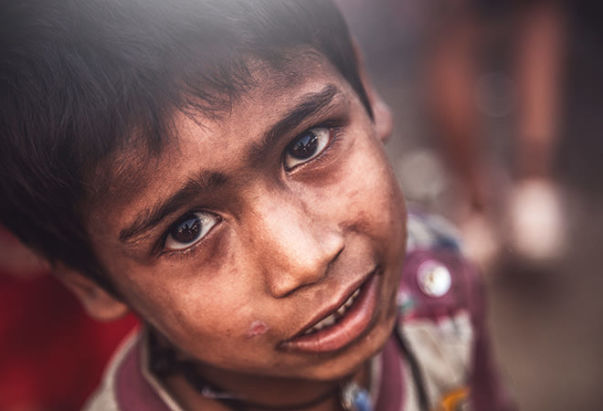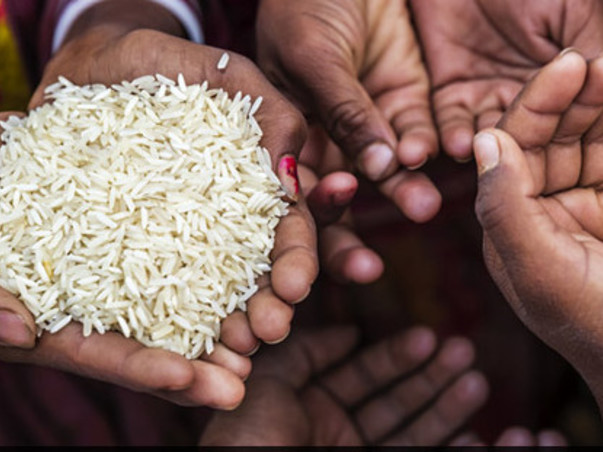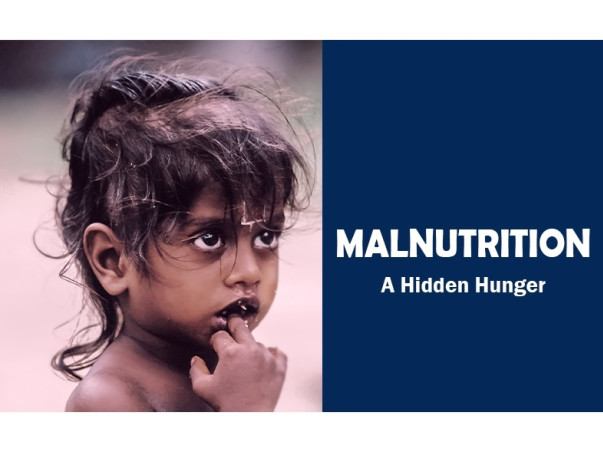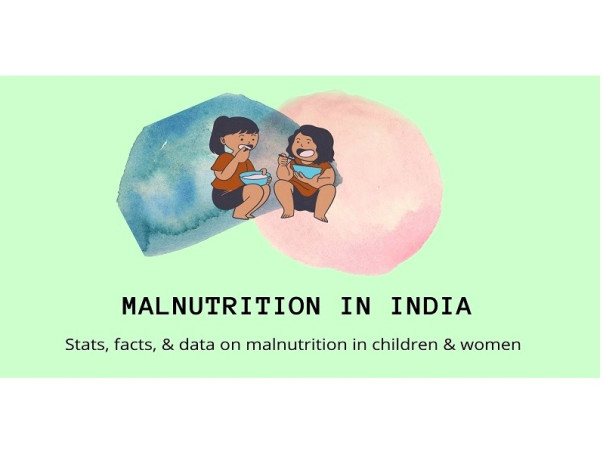Fight against Malnutrition
WHO define Malnutrition
Malnutrition, in all its forms, includes undernutrition (wasting, stunting, underweight), inadequate vitamins or minerals, overweight, obesity, and resulting diet-related noncommunicable diseases.
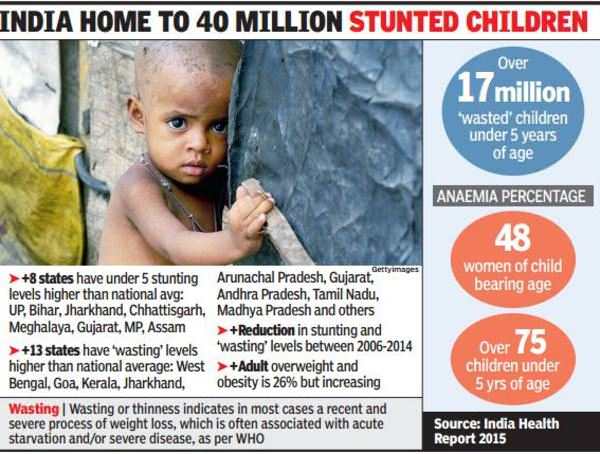
Malnutrition is a serious problem for our country which we knowingly or unknowingly ignore. But when we take a deeper look at it, it is something which needs our immediate attention. In India 44% of children under the age of 5 are underweight. 72% of infants and 52% of married women have anaemia. Research has conclusively shown that malnutrition during pregnancy causes the child to have an increased risk of future diseases, physical retardation, and reduced cognitive abilities.37.60 percent children of age below five years in Chhattisgarh are suffering from malnutrition and 41.50 percent daughters and mothers in the state are suffering from anaemia, according to a report by NITI Aayog.
Malnutrition is an ecological problem that does not occur alone. It accompanies poverty, disturbed family structure, ignorance and despair.
Poverty
Because of low purchasing power, poor cannot afford to buy desired amount and desired quality of food for the family. This adversely affects their capacity for physical work and they earn less. Thus starts a vicious cycle of poverty, under nutrition, diminished work capacity, low earning and poverty
Feeding habits
Lack of awareness of nutritional qualities of food, irrational beliefs about food, inappropriate child rearing and feeding habits all lead to under nutrition in the family.
Infections
Infections like malaria and measles or recurrent attacks of diarrhoea may precipitate acute malnutrition and aggravate the existing nutritional deficit. Metabolic demands for protein are higher during infections and the child may take in less food either due to reduced appetite or due to food restrictions by the mother. Thus, leading to malnutrition.
Socio-cultural factors
- Inequitable distribution of food in the family. In most of the poor households, women and preschool children especially girls receive less food than the economically active male members
- Large family’s Rapid succession of pregnancies adversely affects the nutritional status of the mother. As she tries to manage the big family, she may neglect her own health and antenatal check-up’s during pregnancy. Under nutrition may lead to low-birth-weight baby. In large family’s per capita availability of food is also less.
- Poor quality of housing, sanitation and water supply. These contribute to ill health and infections thus Contributing to malnutrition.
- Inadequate maternal and child care- Improving the primary health centres and other health care services in the rural areas will definitely improve the nutrition profile of women and children.
Me and Hamari Pahchan NGO want to fight the battle against malnutrition. If you want to be a part of this, please donate and help us.
No amount is big or small, it's the contribution that matters! You can donate for a one time meal i.e. Rs.50/-
